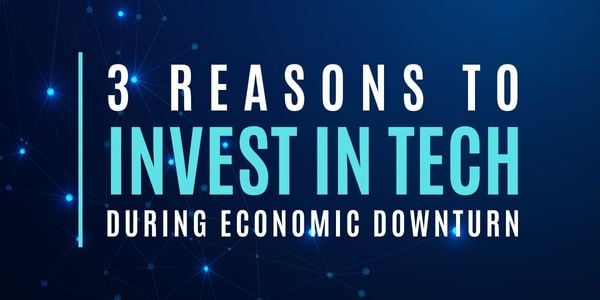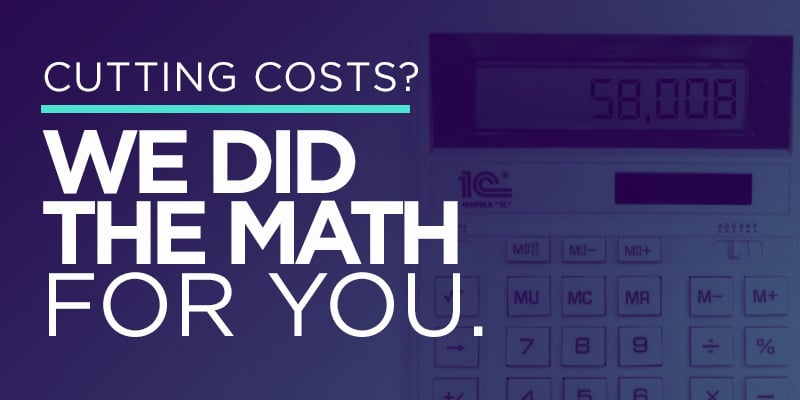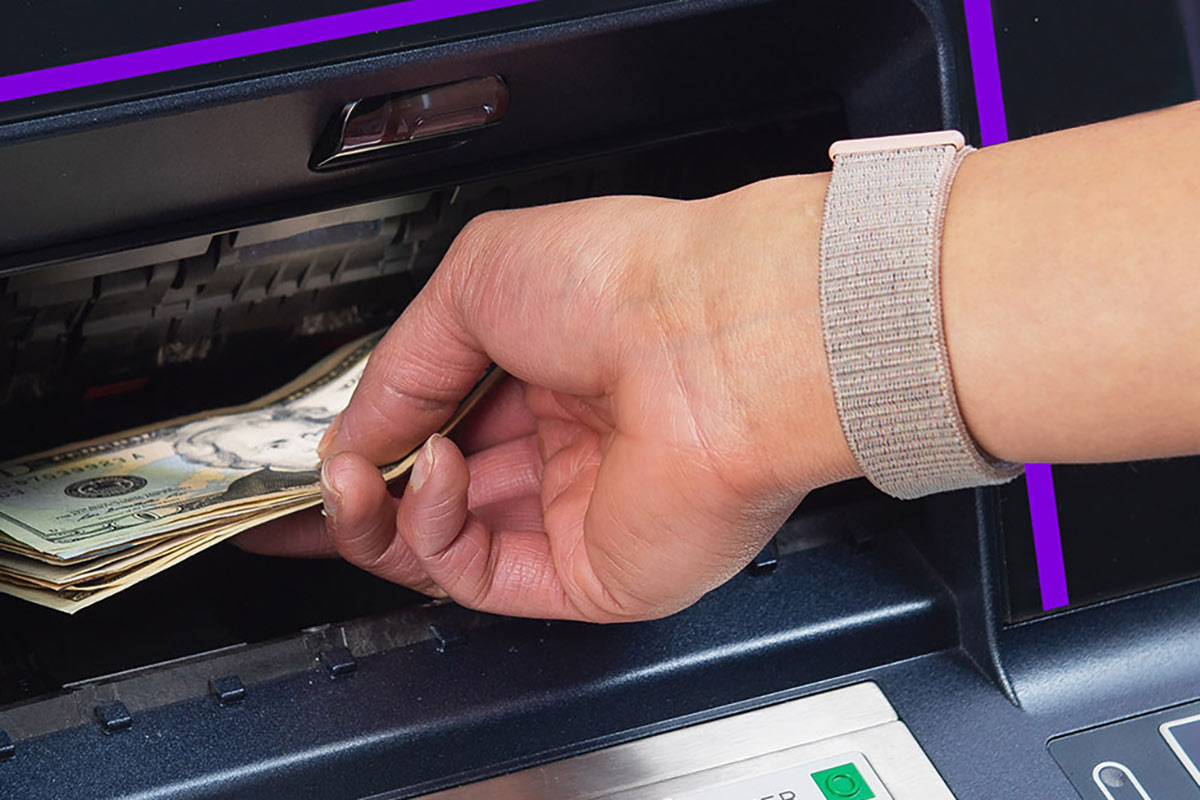2) Increased Efficiency
Help your legacy systems process transactions more quickly and accurately by integrating them into your core. It’s kind of like modifying a classic car to get the same power and performance you’d get from a modern one. Cut down on dual entry and alleviate the risk of human error. Plus, better employee performance makes happier customers—who are much more open to being approached by an associate to discuss advisory and/or sales conversations.
But for this to be done effectively, associates need to be able to take their workstations wherever they go. With a core-integrated tablet interface that gives cross-trained staff the power to handle transactions from anywhere in the branch, associates can finally meet the client where they’re at, eliminate teller lines, and easily shift from a transaction to advisory services. This increased capability helps your employee engagement skyrocket as they enjoy more active client interaction and decreased time spent on monotonous manual tasks,
Plus, with clients saving much more time than they would’ve expected, they’ll feel more comfortable and willing to spend that extra time to get answers to some of their financial concerns and get the solutions (at your FI).
So, not only are you cutting down on costs, but you’ll also find that you can become more efficient at serving clients and multiplying revenue. That lends you a considerable competitive advantage in a challenging economic environment. But we’ll talk about that more a little later.
3) Improved Risk Management
Other “integrations” have overstayed their welcome and simply don’t cut it anymore if you want to compete in the near future. Screen scraping leaves a ton of room for error, and you’re still tied to end-of-day balancing. Where is the benefit with this “tech” again?
A complete core integration that provides services like automated real-time balancing and reconciliation, eliminates double entry and EOD balancing, and integrates any hardware directly to your core. A seamless integration can drastically reduce your risk with day-to-day activities by automatically diminishing costly human errors.
There’s also another bit of tech out there that can help decrease the risk you take on each day, artificial intelligence and machine learning. Detect and prevent fraudulent activity, provide real-time monitoring, and analysis of financial data can empower FIs to identify and mitigate potential risks and losses more effectively—which, in turn, helps them maintain financial stability during economic downturns. And with the rapid uptick in online commerce, a surge in fraudulent use of card details for online financial crime — or what some refer to as “card-not-present” fraud—banks and credit unions need to fortify their defenses.
.png)
So, what’s the risk? Well, it’s a lot lower than you think. Investing in the right tech to upgrade legacy systems to cloud-based platforms is the fastest way to start seeing cost savings. You can either get ahead of everyone else by investing now or miss out on the opportunity to increase your market share. And that leads right into the bonus reason!
BONUS – Disaster Prevention + Competitive Advantage
Didn’t expect a “two-fer” did you?
The overwhelming majority of financial institutions are failing to keep up with the accelerated pace of change introduced by technology and still operate with outdated legacy systems and heavy infrastructures. Many remain wary of investing in tech overhauls. But there are disastrous consequences for those who procrastinate making changes until it’s too late. And you only need to look at Southwest Airlines to find one of the many supporting examples.
In December of 2022, a winter storm rolled through much of the United States, putting many travel plans on hold and leading to thousands of flights being delayed, re-routed, or even canceled. But it was only Southwest Airlines that experienced extended issues, which ended up resulting in a major public uproar. They canceled over 13,000 flights in under a week, even after the worst weather subsided.
“People have a right to be really angry and annoyed,” Cowen Inc. analyst Helane Becker said in a Bloomberg Television interview. “They should have invested years ago in these systems, and they just didn’t.”
During the pandemonium, executives decided to give the system a hard reset, and a massive, days-long disruption in schedules ensued.
“We’re behind,” CEO of Southwest, Bob Jordan, said at the time. “As we’ve grown, we’ve outrun our tools.”
But there are dozens of reports of pilot and flight attendant unions warning the Airline for years that their legacy computer systems left the airline vulnerable. Nothing was changed, and now the business and brand has taken a massive hit—much larger than the tech investment would have been upfront.
Like Southwest, many banks and credit unions are stuck weighing the existing shortcomings of legacy technology against expensive wholesale upgrades. However, one bank, in particular, has already suffered a significant loss caused by outdated technological systems.
Wells Fargo & Co. was ordered by the Consumer Financial Protection Bureau to pay $3.7 billion for allegedly charging borrowers erroneous fees and interest rates. While Wells Fargo prioritized product launches and growth initiatives, this bank error led to borrowers wrongfully losing their homes and cars to foreclosure and repossession.
Relying on older or deficient technology and software in need of updating is labeled as incurring ‘technical debt,’ according to Columbia University Professor Zeynep Tufekci — meaning there is a gap between what the technology or software needs to be and what it is.
The repercussions of continuing to carry this technical debt longer will likely prove to be much more costly than taking an ideal opportunity to update your tech infrastructure and rid yourself of the risk you carry with your technical debt. And although investing in technology can be an expensive undertaking, it comes with some big upsides like increased differentiation and new competitive advantages.
In the eyes of the consumer, most financial institutions look almost the same from the outside. The same products, services, and accessibility with a few minor adjustments here and there. So, what you currently offer won’t be compelling enough to uproot their current financial habits to go to greener pastures.
The best way to differentiate in a significantly impactful way for clients is by improving your tech-powered, cloud-based capabilities and services. The competitive advantages resulting from improved experiences and extended service capabilities will do more to turn potential clients’ heads than anything else. Improved digital and in-branch experiences are what matter most to consumers right now.
 Discover how to give clients what they’re crying out for
Discover how to give clients what they’re crying out for
without “breaking the bank.”
So, when the first FIs take the step forward to improve both the backend and client-facing tech capabilities, they’ll capture valuable market share and come out on top of the competition. Investing in technology during an economic downturn is the best time to invest in tech and position yourself for substantially improved long-term success. The benefits are too significant to ignore.
1 https://www.mckinsey.com/industries/financial-services/our-insights/unlocking-the-banking-technology-workforce
2 https://thefinancialbrand.com/news/banking-trends-strategies/5-ways-banking-can-build-value-during-economic-downturn-145766/








.png)


